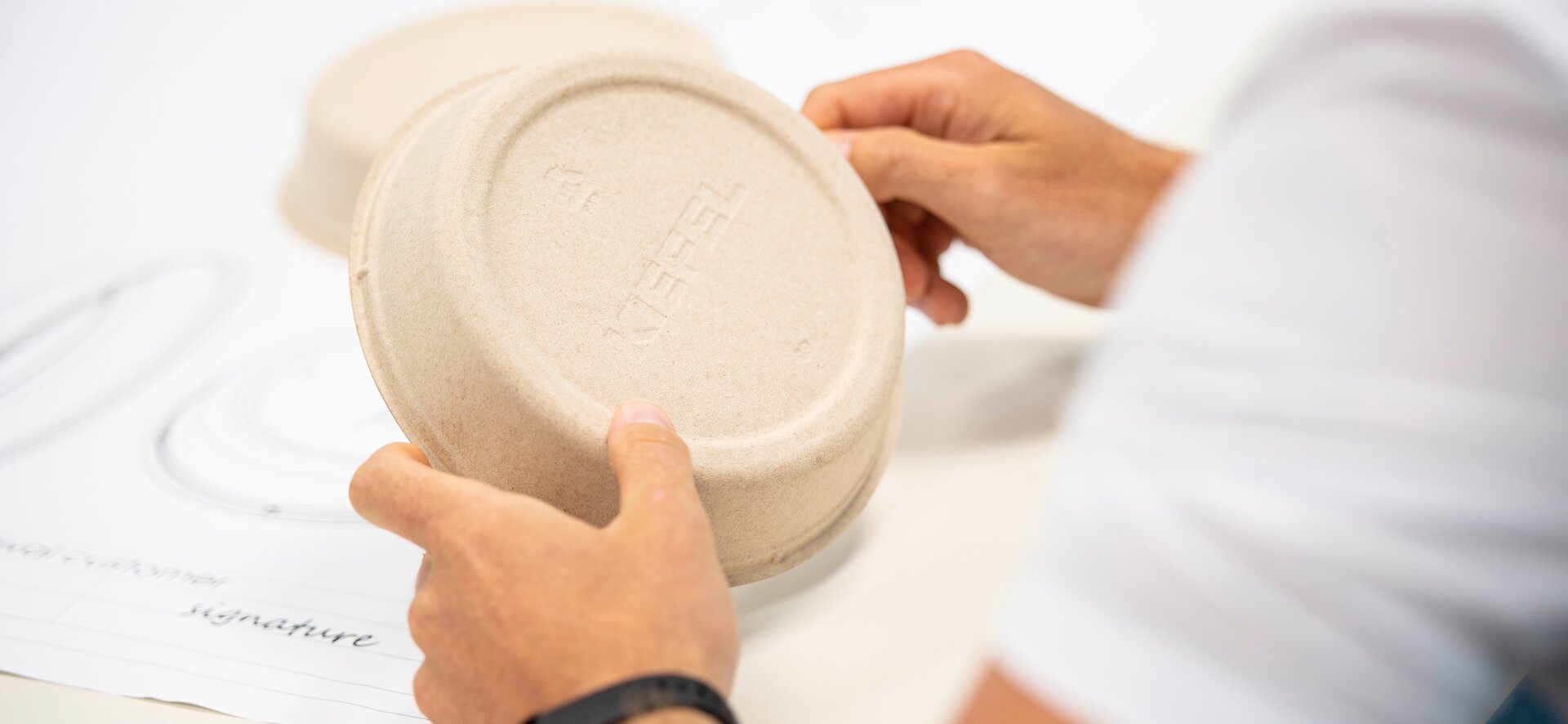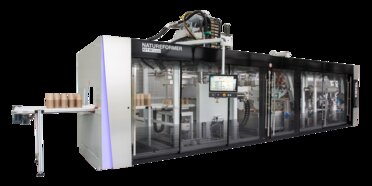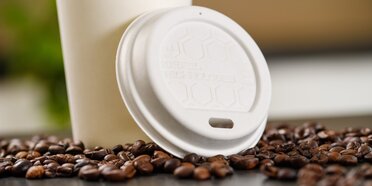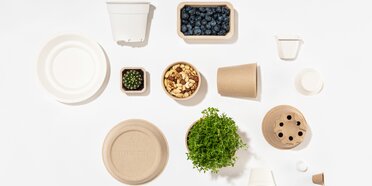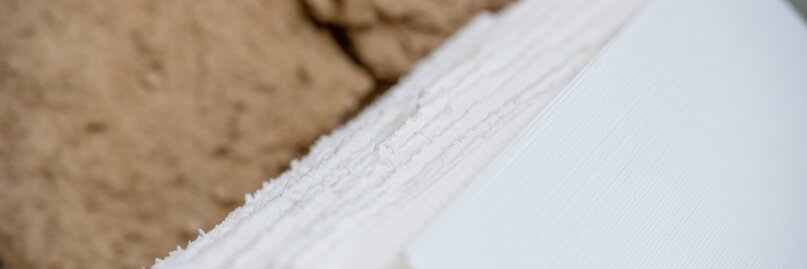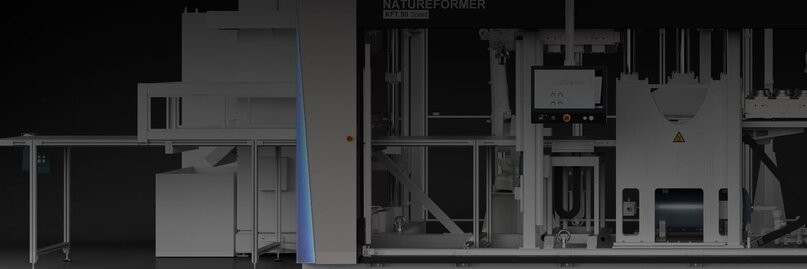Sustainable packaging solutions from natural fibers
We put your product first and rethink product design and functionality, material and composition towards a more sustainable product. Depending on that we adapt the manufacturing process and optimize machines and tools for your production. Your sustainable product can be recycled easier and together we are closing the loop.
Kiefel is also a partner for brand-owners and converters who want to efficiently produce sustainable packaging such as lids and sip-lids, coffee capsules, bowls, cups, and flower pots, from natural fibers. Kiefel offers the right machine solutions for your needs - thermoforming with natural fibers - Kiefel Fiber Thermoforming.
Benefits of Fiber-based Packaging
Optimal product protection
Sustainable packaging solutions
Refinement
Customized product design
From Waste Paper to New Fiber Formed Packaging
Kiefel technologies and solutions make it possible
Paper and cardboard – dissolved in a water bath – create the raw material, known as pulp. Through application of pressure most of the water is removed and the wet basic form is created.
In the next step, the remaining moisture is removed and the basic form is dried by applying high pressure and temperature. The combination of the applied heat and pressure results in a very robust material for high-quality and dimensional stable packaging.
Alternatively, virgin fibers (unprocessed cellulose) can be used to comply with the regulations in the food industry for packaging solutions made from paper.

The Kiefel process
- Raw Material: primary or secondary fibers
- Fiber Preparation: refining with water to lower fiber concentration
- Forming: the majority of the water is extracted from the fiber mixture through the forming tool via negative pressure
- Pre-Pressing: continuous extraction of water, preformed product is pre-pressed and further drained with elastic tool
- Hot-Pressing: reduction of residual moisture to a minimum through pressure and heat, refinement of contours/engravings, handover to lifting conveyors
- Quality inspection e.g. camera inspection systems (add-on)
- Automation solutions e.g. sleeving, boxing (add-on)

